What happens to the fat around our organs when we lose weight, with or without resistance training?
In a previous journal club, I brought up the importance of understanding how fat levels change around the torso during weight loss. Large amounts of fat around the waist/torso has been shown to relate to poor long term health outcomes (here, here, or here). More specifically though, fat marbled throughout the internal organs has been shown to be related to poor health outcomes (here, for example).
Unlike the previous journal club, today’s study focused on the effects of weight loss by diet alone or with exercise on visceral and subcutaneous (subQ) fat around the torso (subQ fat is the fat just below the skin). This study was published across two papers in 2010. I’ll discuss all of the results in this post. The studies can be found here and here.
Methods
This study lasted 4 months and had all female participants. They were newbies to resistance exercise. Thirteen of them were in the lifting & diet group, twelve of them were in the diet only group, and nine of them were in the comparison group. Below are the descriptive stats for the groups. As always, they’re group averages and rounded to the nearest whole number for the ease of viewing.
MRI scans were taken of the whole abdomen to measure pre/post FM. As a snapshot to represent overall changes, the researchers also did a scan of the thighs to measure pre/post FM & LBM.
All participants had an initial period in which the researchers combined accelerometers, food/activity reports, and prediction equations to estimate everyone’s daily energy expenditure (EE). The diet-only and the diet/lifting groups were counseled every 2 weeks to help them achieve a daily caloric deficit of 500 kcals.
The lifting group trained 2 times/week for an hour with trainers. They used machines and did total body lifting. Primarily, they did leg/bench pressing and a bunch of other exercises using 80% of their 1RM. They also did some exercises using 50% 1RM.
Pre/post blood work was done.
Results
The diet-only and diet/lifting groups did not differ, statistically, in their weight loss. Below are the stats for their weight loss and overall change in masses.
Below are two figures taken directly from the papers. They’re example MRI images of two participants’ torsos before and after the study.
The proportion of total abdominal fat as visceral vs. subQ was the same before and after diet and diet/lifting: ~18% vs. ~82%. The subQ fat decreased equally across the torso in both groups. For the lifters only, more visceral fat was lost at the belly button height than anywhere else on the torso. The diet-only group lost visceral fat equally across their torso.
Below are the kcals stats. The baseline kcals are what the researchers estimated and the study diet kcals are what the participants reported during the study.
Given the recent journal clubs on protein (here, here, here), I thought I would show the reported average daily protein consumption below.
For the lifting folk, below are the bench and squat stats.
The diet and diet/lifting groups improved their insulin results. The lifting group was the only one to lower their total, LDL, and HDL cholesterol levels. Everything else remained the same in each group.
Thoughts & Implications
When faced with similar calorie deficits, this study shows again that similar weight loss can be achieved by diet alone or diet with exercise. We’ve discussed another study that showed similar results between such groups. This time we learned how weight is lost around our torso. The subQ fat was lost equally across the torso regardless of whether the participants dieted only or dieted and lifted weights. That ended up being the case for the visceral fat of the dieters, too. The pattern of visceral fat loss for the lifters, however, was different. They lost the most visceral fat around the belly button height of their waists. The researchers cited a few other studies that showed similar results, even when the exercise was cardio-based. In one case, diet-only participants did not lose any visceral fat. Exercise, independent of diet, seems to interact with visceral fat to result in differential metabolic activity. Because of the unequal change in fat loss across the torso, the use of a single image slice in an MRI or DEXA scan to estimate body fat levels must take this information into consideration.
Why did resistance training in addition to diet not result in more weight lost? On the one hand, the extra activity could have caused the participants to eat a little more because of increased hunger. That would have negated any EE of the lifting. On the other hand, tracking my lifting EE, and research studies such as this one that we previously discussed, have shown that these lifters realistically burned 100-200 calories over their RMR during each session. That’s just an extra 200-400 calories burned per week. The researchers stated the standard line that a 3500 calorie deficit is required to lose 1 lb/week. The total of 3200-6400 additional calories burned over the 16 weeks would only equate to an extra 0.9-1.8 lbs lost for the lifters. In fact, the lifters did lose that kind of additional weight, but that’s too small statistically to be confident that it was due to lifting, instead of higher diet compliance or some other reason. Lifting folk who follow a matched diet need to lift more than 2 days/week, with intensity, in order to burn enough additional calories to make a confident difference in scale-weight.
On the topic of the calories between the groups, I find the reported intake for the control group to be curious. The researchers estimated that the control group’s maintenance intake was ~2400 calories/day. Remember, they were told to do nothing during the study. Despite that, they reported an average daily consumption of ~1800 calories. They basically reported what they were told not to. Further, they maintained their weight while the experimental groups lost weight. This is precisely the kind of under-reporting that self-reported dietary intake is notorious for in research (e.g.: this, this, this, this, this, or this).
Nitty Gritty
This study repeats many results that we’ve discussed here in journal club, produced by other researchers. Empirically, that means we can have confidence that these results are real. Weight loss can be achieved by diet alone or diet with exercise. Aside from the direct insulin (think: preventing or easing type 2 diabetes) and cholesterol (think: heart attack prevention) benefits of lifting, resistance training also helps to maintain muscle during weight loss. Thankfully, we don’t have to worry. When we lose fat, we will lose the type that entangles our internal organs. That helps to improve our health. The existence of different visceral fat patterns during weight loss doesn’t mean either method is less healthier for our organs. The end result is still less visceral fat. That is beneficial in its own right.
Plain & Simply
To champion lifting, I will close with the highlight that this study showed that doing just 2 days of lifting a week can improve health markers in a way that diet alone cannot. When we use our muscles, our bodies get healthier. Strength is nice…and living long enough to use that strength is nicer.
If you have any questions about this study or anything I said, please feel free to leave a comment. I will get back to you and others may have insight to offer, too. If you have any questions or topic suggestions that you would like answered as a post, then please email me at robert@analyticfitness.com.
Don’t forget to like Analytic Fitness on Facebook, or follow me on Twitter or the other social medias!
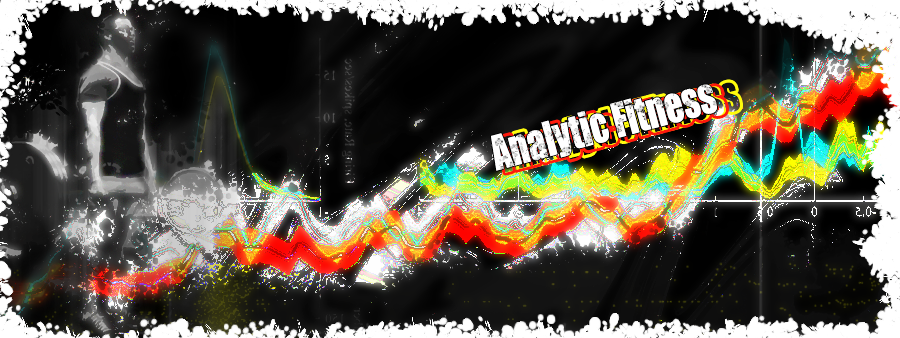
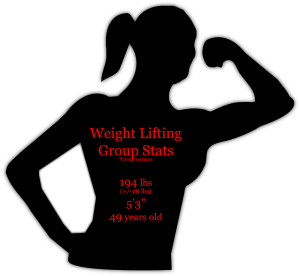
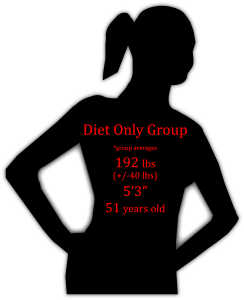
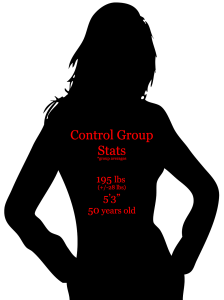
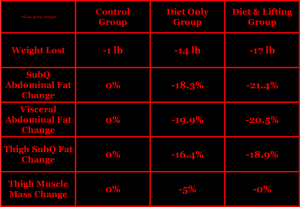
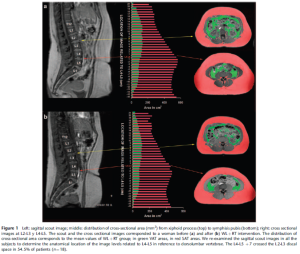
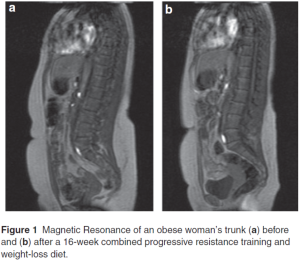








No Responses